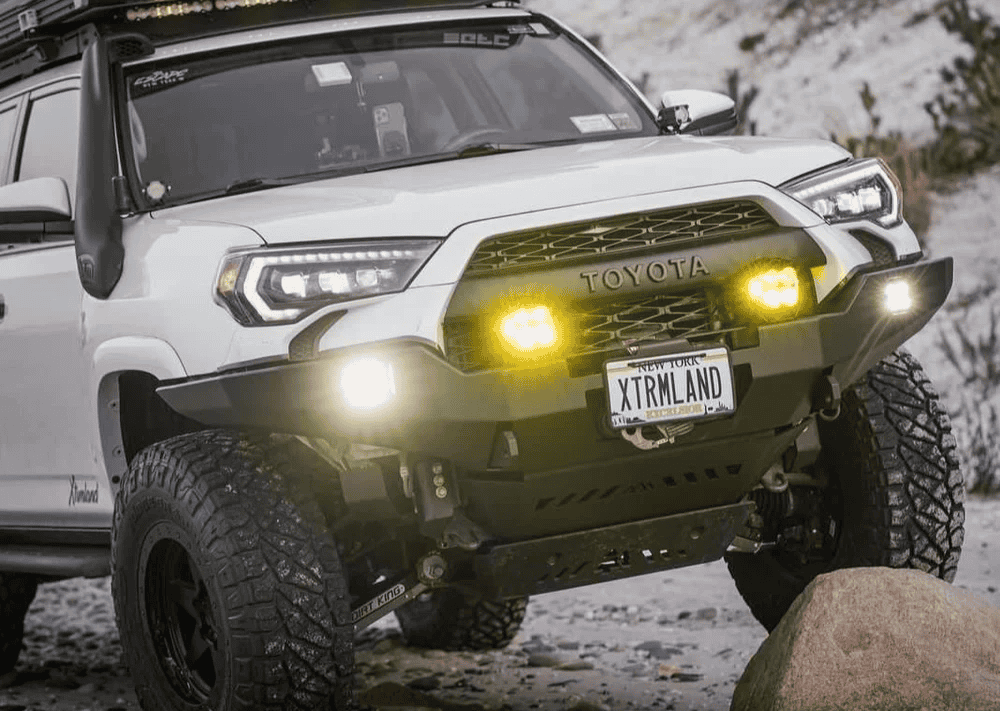Overland Vehicles

A capable truck camper interior begins with the chassis and continues inward. Off road RV truck travel shakes every joint, latch, and wire, so structure and fastening matter as much as style. Keep heavy items low and near the axle line to protect handling and reduce sway. Use marine latches and positive catches on all doors and drawers so nothing flies open on corrugations. Tie down points, L track, and reinforced anchors let you secure bins, tools, and recovery gear without rattles.
Materials need to resist water, dust, and vibration. Baltic birch with sealed edges or aluminum framing keeps weight in check while staying strong. High pressure laminate, textured powder coat, or HDPE panels shrug off scuffs. For flooring, coin rubber or rugged vinyl cleans quickly and grips well in wet boots. Insulate with closed cell foam and add a thermal break at metal surfaces to control condensation. A layer of sound damping under panels calms road noise and makes the cabin feel solid.
Tight spaces perform better when each zone earns its footprint. A narrow galley with a single burner, sink, and efficient drawers beats a wide cabinet that steals aisle space. Build a clear walkway to the bed so late night moves do not become an obstacle course. Consider wall mount tables on a single pedestal for fast stowage before the trail gets bumpy.
Camperette interior describes a small format camper that packs essentials into a compact shell. The goal is easy conversion between lounge, sleep, and haul modes. A convertible dinette with a drop table forms a sleeping platform while still allowing airflow and access to storage. Murphy style beds and gaucho sofas work when you need space to load bikes or bulky gear. U shaped seating fits a couple well and creates a social pocket on rainy days.
Storage must be segmented and reachable. Use overhead lockers sized for soft goods, deep drawers for cookware, and a tall bay for recovery boards or a camp table. Choose soft close hardware that locks at the end of travel to reduce squeaks. Wet bath versus cassette toilet versus no bath is a personal call. Many off grid travelers opt for a cassette or portable toilet with an outdoor shower to save interior volume. If you add a shower, slope the pan, vent well, and protect nearby edges with waterproof trim.
A comfortable bed is non negotiable, even in compact layouts. High density foam on a slotted base breathes and reduces moisture buildup. Split cushions help convert between sofa and bed without wrestling a heavy mattress. Keep seat heights consistent so the dinette remains ergonomic on long weather days.
The electrical system starts with a right sized lithium bank and a smart charge plan. A DC to DC charger harvests alternator power while you drive, and a roof array replenishes at camp. Keep everything 12 volt where possible for efficiency, then add an inverter only for the handful of items that need it. Use tinned copper wire, abrasion resistant loom, and proper strain relief at every termination. Label the fuse block and provide clear service access so repairs are simple on the trail.
Water deserves similar attention. A compact tank, inline filtration, and a quiet 12 volt pump provide reliable flow. Route lines inside conditioned space when possible and insulate any runs that touch the shell. Diesel or gas fired air heaters pair well with battery power, given their modest draw and steady output. Ventilate with a roof fan and cracked window for cross breeze, then add a second fan if you cook inside often. A small radiant heater mat at the entry dries boots and reduces tracked grit across the floor.
Aim for redundancy. Solar plus alternator charging keeps the fridge cold when clouds park over camp. A gravity fill, quick connect shower, and external spray port cover cleanup without dragging dirt indoors. Simple, labeled systems are easier to fix and more reliable than sprawling, complex networks.
Once you sketch your layout, compare it with how you actually travel. Do you pack bikes, boards, or camera cases that need a tall bay or side access? Do you cook outside most nights, or do you want a full galley for shoulder season trips? A well planned truck camper interior adapts to your habits rather than forcing you into a cramped routine.
If you want a professional team to translate that plan into a quiet, durable cabin, the crew at OZK Customs can help. We design and build interiors that stay organized, resist trail abuse, and keep power and water humming. Explore our Overland rigs to see the range of platforms we upfit, and dig into our Custom overland upfit approach for details on cabinetry, power, and trail ready mounts. New to our shop and process? Learn what sets us apart at Why choose OZK Customs.
You bring the travel goals and gear list. We engineer the structure, secure the storage, tune the electrical, and finish every surface for real terrain. From a compact camperette interior to a long range off road RV truck cabin, we build to your use case and timeline. Reach out and we will map the layout, spec the systems, and deliver a rig that feels right the first time.
Bring your interior vision to life with OZK Customs. Our team engineers cabinets, power, water, and layouts that stay quiet, safe, and comfortable when the road turns rough. Tell us how you travel and we will design, build, and dial in a rig that fits your life. Start your build plan today.
ADDRESS:
6159 E Huntsville Rd, Fayetteville, AR 72701
PHONE:
(479) 326-9200
EMAIL:
info@ozkvans.com